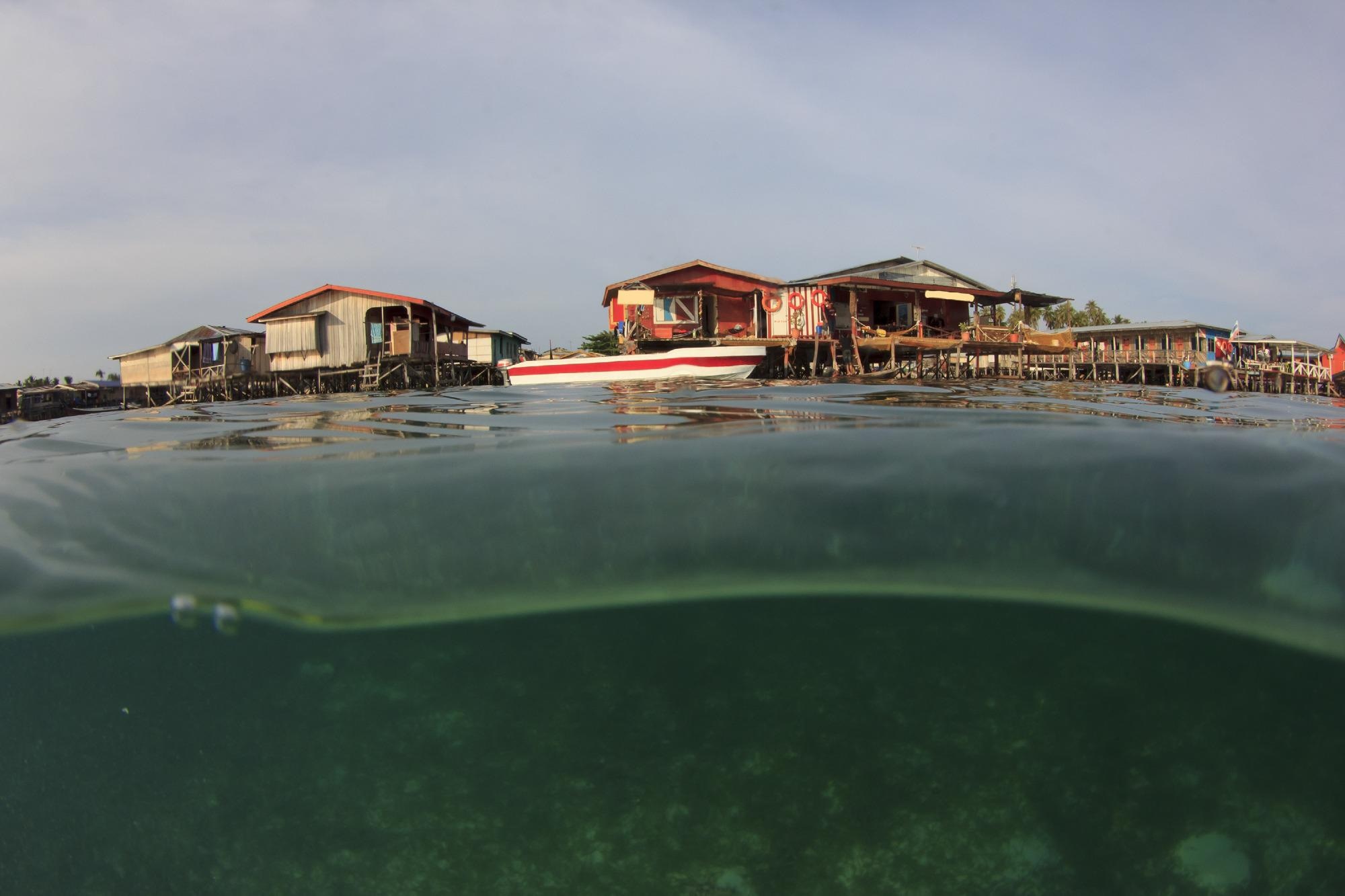
Image Credit: Rich Carey / Shutterstock.com
A research team from the Niels Bohr Institute has found that missing data in a recent IPCC report could have underestimated the rate of sea-level rise.
New research¹ indicates that sea-level rise could be much more extreme than currently estimated. Danish and Norwegian scientists have calculated that the sea level rises predicted in the most recent report from the Intergovernmental Panel on Climate Change (IPCC) are too low. The researchers predict that sea levels are rising much more quickly than the 1.1 meters over the next century predicted by the IPCC.
The team from the Niels Bohr Institute, University of Copenhagen, used observations of historical sea-level changes and compared them with IPCC computer models to build an alternative model of sea-level rise. They conclude that the issue with the model put forward by the IPCC is that it is too conservative as it has never been pitted against past patterns of sea-level rise as an accuracy check.
The researchers have ultimately created an entirely new way of quantifying sea level rise by considering how oceans have reacted to climate change in the past and how they will react to warming in the future.
"We expect, of course, that there is a connection between rising temperature and the rate indicating the momentum of the rise. Observations are telling us that the rate has been accelerating over the past 150 years," says the paper's co-author Aslak Grinsted, an associate professor at the Niels Bohr Institute research section, Physics of Ice, Climate and Earth. Grinsted is referring to an era that environmental scientists call the industrial period. "This means we can create a picture of how the connection between temperature and sea-level rise has been, historically."
Grinsted continues by explaining that in geological terms, a century and a half is not particularly long. Many hundreds of years can go by before the full consequences caused by atmospheric warming are actually spotted. "This is why we compare the observations with the results from the detailed computer models we use to depict a future scenario," the researcher adds.
Both the method used by the scientists and the findings that emerged from it is discussed in a new paper published in the journal Ocean Science.
Calculating Sea Level Rise is a Complicated Business
Whilst these conflicting models may disagree about the level of sea-level rise, what isn't in dispute is the fact that ocean levels are indeed rising. But where do the differences between these models come from?
Much of the disagreement between sea-level rise models presented by the IPCC and the Niels Bohr team could emerge from the fact that building such pictures requires a lot of different information — or variables. The IPCC predictions emerge from a complex patchwork of data from ice sheets, sea warming and the various models that describe them.
The Niels Bohr team suggests, that as complex as this fabric is, it is still incomplete.
The researchers pointed to the lack of sufficient data available to the IPCC when they were in the process of testing their model. In particular, the IPCC didn't have access to data regarding Antarctica's melt-off rate before the 1990s — the point at which satellite observations began.
We have better historical data for the sea-level rise in total, which, in principle, allows for a test of the combined puzzle of models. However, it has not been part of the routine to make sea-level hindcasts at IPCC, so presently we are not able to tell if these models are capable of reproducing the historical sea level.
Aslak Grinsted, Associate Professor, The Niels Bohr Institute
In comparison, Grinsted says that the team at the Niels Bohr Institute took this historical view and used it as a starting point for their model. That means they were better positioned to observe how sensitive the models are in reacting to warming. The scientist adds, "We expect that if we compare observational data from the fairly short period of time from 1850 onwards with the sensitivity of the models, it should allow us to assess whether the models are realistic or not."
The IPCC Models Disagree With History
The Niels Bohr team suggests that looking at the past to build models that make better predictions for the future could become standard when it comes to predicting sea-level rises. This could be key to ensuring that model-reliant climate estimates reflect reality as closely as possible.
We don't expect the sensitivity to be the same all the way back to the last millennium, but the added understanding of how this might change over time is something we can add to the comparisons between models and observations. Besides, we'd like to see the method applied to the individual processes contributing to sea-level rise. This might make the understanding of the sensitivity even more detailed, we believe.
Jens Hesselbjerg Christensen, Professor, The Niels Bohr Institute
The team says that there are two main takeaways from their research. Firstly, it demonstrates the fact that current models don't go far enough in their estimations of sea-level rise. Secondly, this type of study could benefit from the model they created and an eye on the history of Earth's climate and how the oceans reacted to it in order to better constrain future sea-level predictions.
"Apparently, the models we are basing our predictions of sea-level rise on presently are not sensitive enough," says Grinsted. "To put it plainly, they don't hit the mark when we compare them to the rate of sea-level rise we see when comparing future scenarios with observations going back in time."
References
1. Grinsted. A., Hesselbjerg Christensen. J., [2021], 'The transient sensitivity of sea level rise,' Ocean Science, [https://doi.org/10.5194/os-17-181-2021]
Disclaimer: The views expressed here are those of the author expressed in their private capacity and do not necessarily represent the views of AZoM.com Limited T/A AZoNetwork the owner and operator of this website. This disclaimer forms part of the Terms and conditions of use of this website.